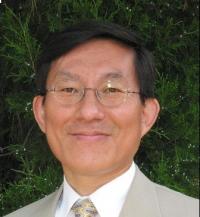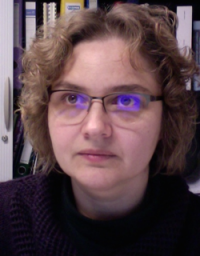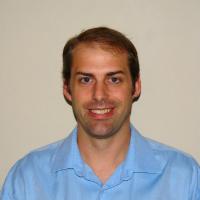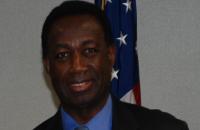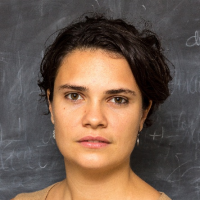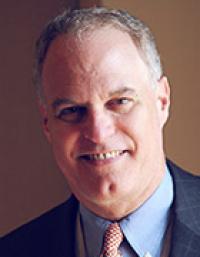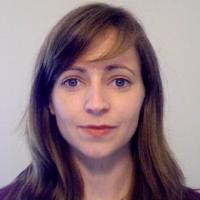
First, history of nuclear safety over the years is reviewed in this talk. Based on the review, challenges in nuclear safety facing nuclear industry are examined. After noting that technological advances in nuclear safety does not necessarily translates into public acceptance of nuclear power, this talk also examines the gap between technological approaches and cultural approaches to nuclear safety. Based on the examination, this talk presents an attempt to connect nuclear safety research with improving public acceptance of nuclear power.
About the Speaker: Man-Sung Yim is Professor and Head of the Department of Nuclear and Quantum Engineering and Director of Nuclear Nonproliferation Education and Research Center at Korea Advanced Institute of Science and Technology (KAIST). Prior to joining KAIST, he was a senior researcher/researcher at Korea Atomic Energy Research Institute, lecturer at MIT, Associate/Assistant Professor at North Carolina State University (NCSU), and a joint faculty between Oak Ridge National Laboratory and NC SU. Dr. Yim is formerly a Fulbright scholar, Sam Nunn International Security Fellow at Georgia Tech, and served on the North Carolina Science Advisory Board on Toxic Air Pollutants, Nuclear Nonproliferation External Steering Committee at Idaho National Laboratory, and Advisory Committee for Korean Nuclear Safety and Security Commission. He is a member of Advisory Committee for Korean Ministry of Foreign Affairs, Editorial Advisory Board of Progress in Nuclear Energy, and International Advisory Board at Imperial College, Center for Nuclear Engineering. Dr. Yim is a graduate of Seoul National University (BS/MS), University of Cincinnati (PhD), and Harvard University (SM/ScD).

